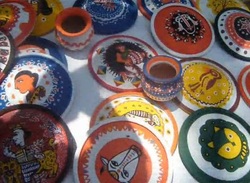
Pohela Boishakh
Pohela Boishakh or Bengali New Year falls on the first day of Bengali calendar. It is simply called as Bangla or Bengali New Year because the festival is celebrated in Bangladesh, West Bengal, in Bengali communities in Tripura and Assam. Pohela Boishakh is celebrated on 14th of April in Bangladesh and it is a national holiday. Pohela Boishakh is celebrated on 15th of April in West Bengal and Assam and it is a public holiday.
In Bengali calendar, the new year starts in mid-April of the Gregorian calendar. Therefore the first day of its year coincides with the mid-April new year in Assam, Mithila, Burma, Kerala, Cambodia, Nepal, Manipur, Punjab, Orissa, Tamil Nadu, Thailand and Sri Lanka.
In Bengali calendar, the new year starts in mid-April of the Gregorian calendar. Therefore the first day of its year coincides with the mid-April new year in Assam, Mithila, Burma, Kerala, Cambodia, Nepal, Manipur, Punjab, Orissa, Tamil Nadu, Thailand and Sri Lanka.
History
For the regulation of the tax collection, the Mughal Emperor, King Akhbar ordered a reform of the calendar. Accordingly, a renowned astronomer and scholar Fatehullah Shirazi, formulated the Bangla year on the basis of lunar Hijri and Bangla solar calendars. In March 1584, the new agricultural year was introduced and was dated from Akbar’s tenure as a king (1556). And eventually, the new year became very popular by the names Bengali or Bangabda year.
As per the King’s directive, all the dues had to be settled on the last day of Chaitra month. Then on the next day, which is the new year’s day, the landlords would entertain their tenants with sweets. There used to be fairs and certain activities on this occasion.
As per the King’s directive, all the dues had to be settled on the last day of Chaitra month. Then on the next day, which is the new year’s day, the landlords would entertain their tenants with sweets. There used to be fairs and certain activities on this occasion.
Traditions
In order to welcome the new year, young ladies clad in white sarees with red borders while men in dhuti and kurta, they take part in the Probbat Pheri processions early in the morning. people will clean their homes and wear new clothes. They bath early in the morning, dress in five clothes and visit family members, relatives, neighbours and friends. People consider the entire month of Pohela Boishakh to be an auspicious time for new ventures, businesses and to get married. Bangla New Year is the day for cultural programme.
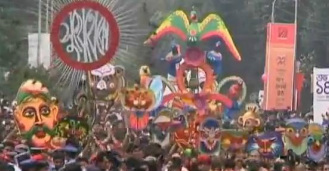
Bengali New Year Festival
In Dhaka, bull racing and kite flying in Munshiganj are very popular events. Cockfights, bullfights, horse races, boat racing and flying pigeons are other popular village sports and games. Some festivals like bali or wrestling in Chitagong and gambhira in Rajshahi still continue. There is a musical entertainment with dancers and singers staging jatra, pala gaan, jarigan, kavigan, gambhira gaan, alkap gaan and gazir gaan. Folk songs as well as baul, murshidi, marfati and bhatiali songs are performed.
On this merry festival, people gather early in the morning on the bank of a lake or under a big tree to witness the sunrise. They will be wearing traditional Bengali dresses. Songs are rendered to welcome the new year. In many cases, the people start with their traditional brakfast of panta bhat, green chillies, fried hilsa fish and onion.
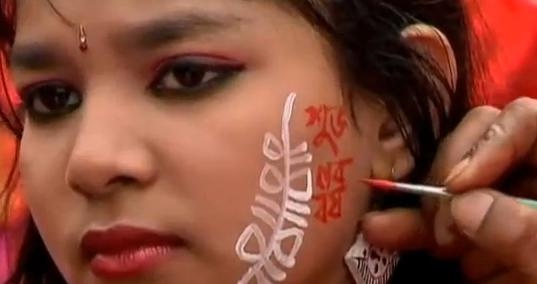
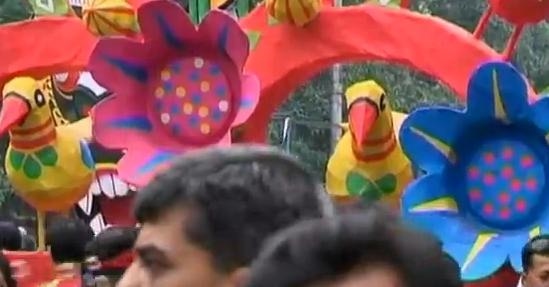
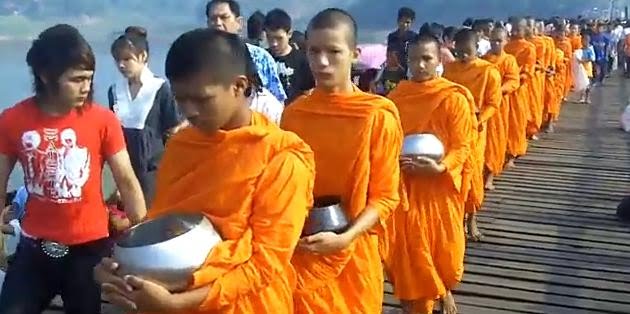
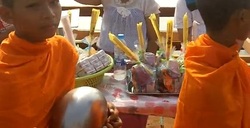
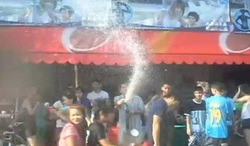
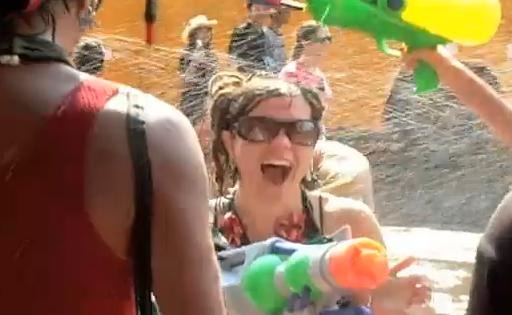
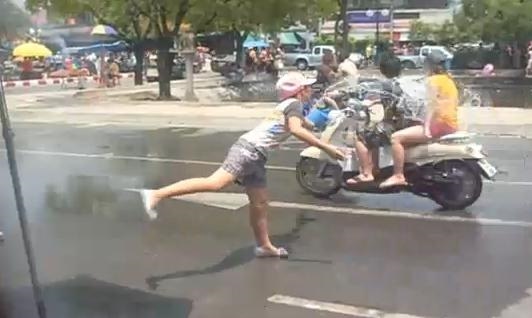
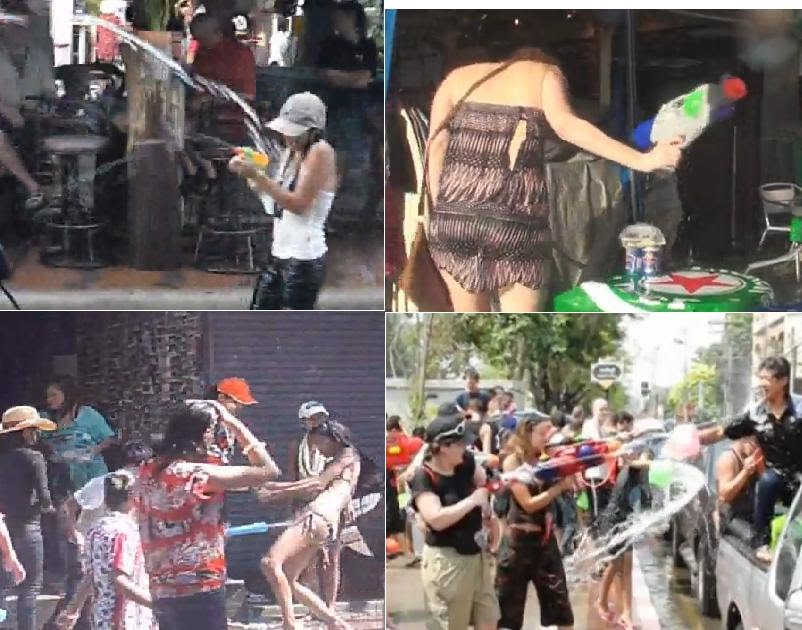
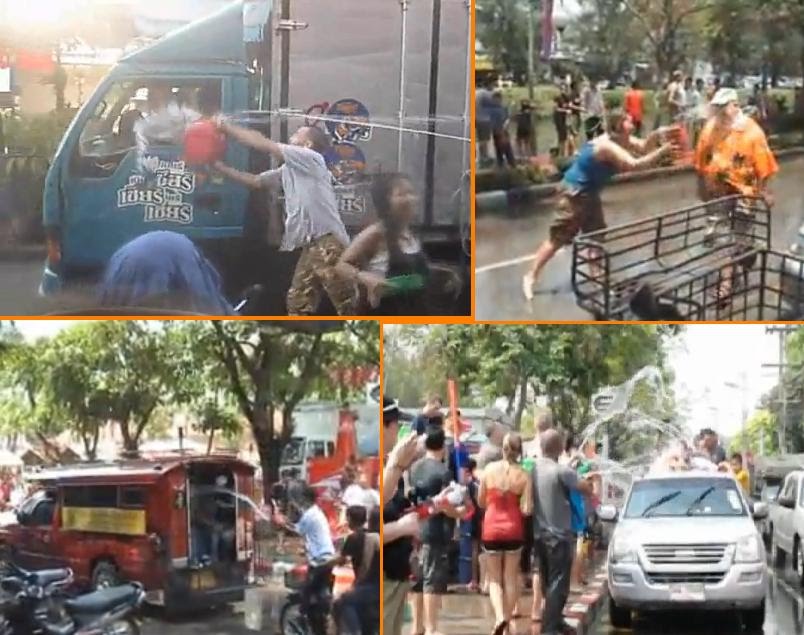
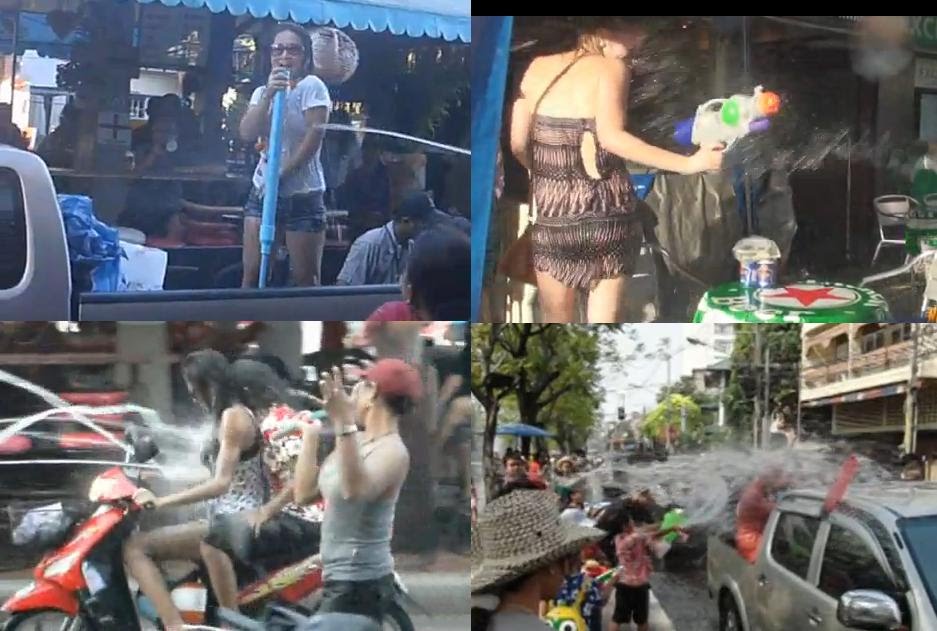
 RSS Feed
RSS Feed